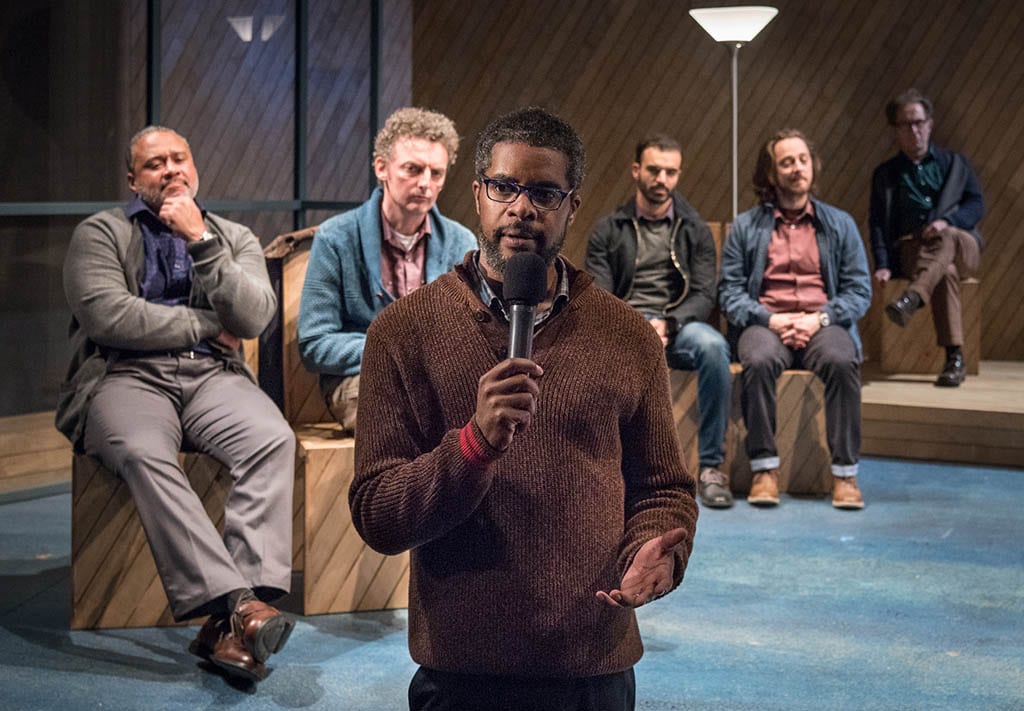Because I live most of the year in a small town in Texas, I often think about Ibsen’s An Enemy of the People. In my little town there is wealth underground. It’s in the form of shale that can be fracked for its gas – a procedure that brings wealth to mineral-rights owners and carcinogenic pollution in the form of benzene and methane emissions to those citizens who live in the town and breathe its air and drink its water. A woman I know was recently diagnosed with leukemia. Someone else I know recently had uterine cancer. The conflicts that Ibsen explores – between the interests of finance and the health of the wider community, between those who have the power to keep important scientific reports secret and those who stand to benefit by knowing the contents of such reports – are often on my mind.
Ibsen wrote about a town whose prosperity and well-being rest on health spas, a place for ill people to “take the waters”. But his hero, Dr. Stockmann, discovers that in fact the waters are tainted by invisible toxins from old, nearby leather tanneries. Dr. Stockmann has been treating people sickened after bathing in the spas. To fix the problem would be vastly expensive and take two years – during which time other towns would create rival spas and leave this town to revert to its previous poverty.
Public Enemy, a new incarnation of Ibsen’s masterpiece, currently at the Pearl Theatre Company, has a streamlined, modernized script by David Harrower, of Blackbird fame. The center of the play remains as strong and elementally compelling as ever. This Stockmann, though, played by Jimonn Cole, strikes an outraged tone quite soon– his acting here relies too much on shouting – truncating the scope of psychological development possible. A kind of unfortunate emotional monotony sets in.
Still, Robbie Tann as Hovstad, the iconocolastic newspaperman who is eager to bring down the powers that be — eager, that is, until he realizes his own livelihood might suffer –- is a long-haired, convincing, familiarly vain young firebrand. And Dominic Cuskern as Kiil, the canny father-in-law of Stockmann, is a wry, charming, charismatic presence. For me the standout performance was by Carol Schultz, an old Pearl regular, who, as the sea captain (in a bit of nontraditional casting) understatedly and compellingly embodies the good-hearted, accepting, and even-tempered friend who pays a high price for loyalty to Stockmann and his convictions.
In modernizing the play, David Harrower recasts the scene of the public assembly into a meeting that directly addresses the audience. The house lights go up. We are implicated in the proceedings–which might work better if the points the speakers made were more surprising, catching us off-guard.
Still, for those who don’t know An Enemy of the People or don’t remember its potent conflicts and revelations (and the brilliant, taut construction of Ibsen’s plot), Public Enemy is well worth seeing, even while Harrower’s modernization prunes from the original some tension and finesse. The incandescent timely core of the play shines through, and we feel Ibsen’s magisterial vision and its illumination of how, when push comes to shove, self-interest can so thoroughly dominate otherwise decent people that the general good gets subverted, and those noble figures who champion that good can, in their isolation, become pariahs – obsessed, monomaniacal, rigid, demanding, and even with a bit of a Christ complex. It is a message as timely today as when Ibsen first wrote it.





